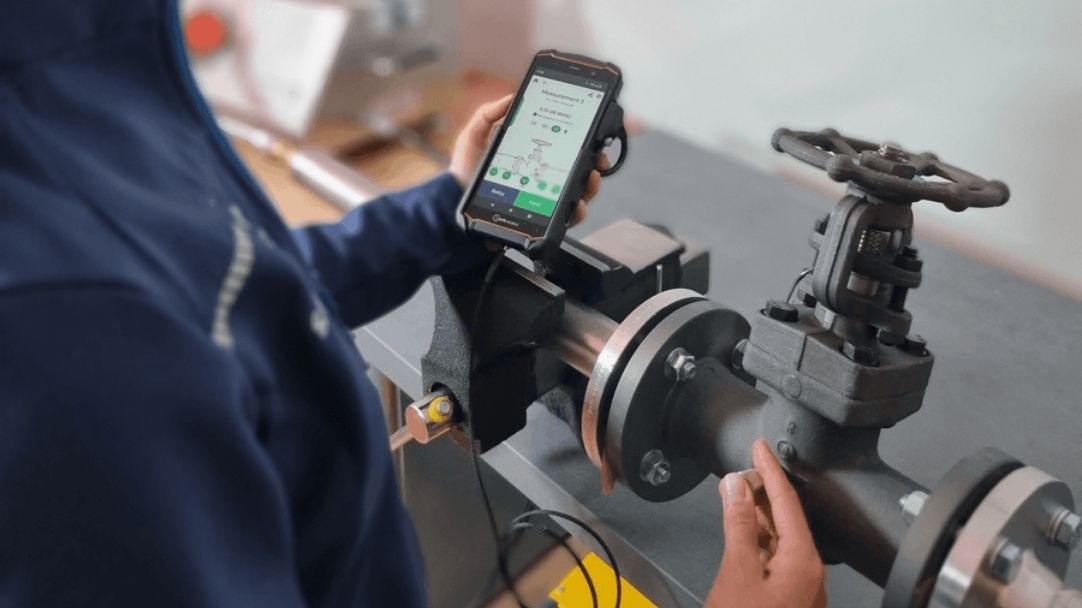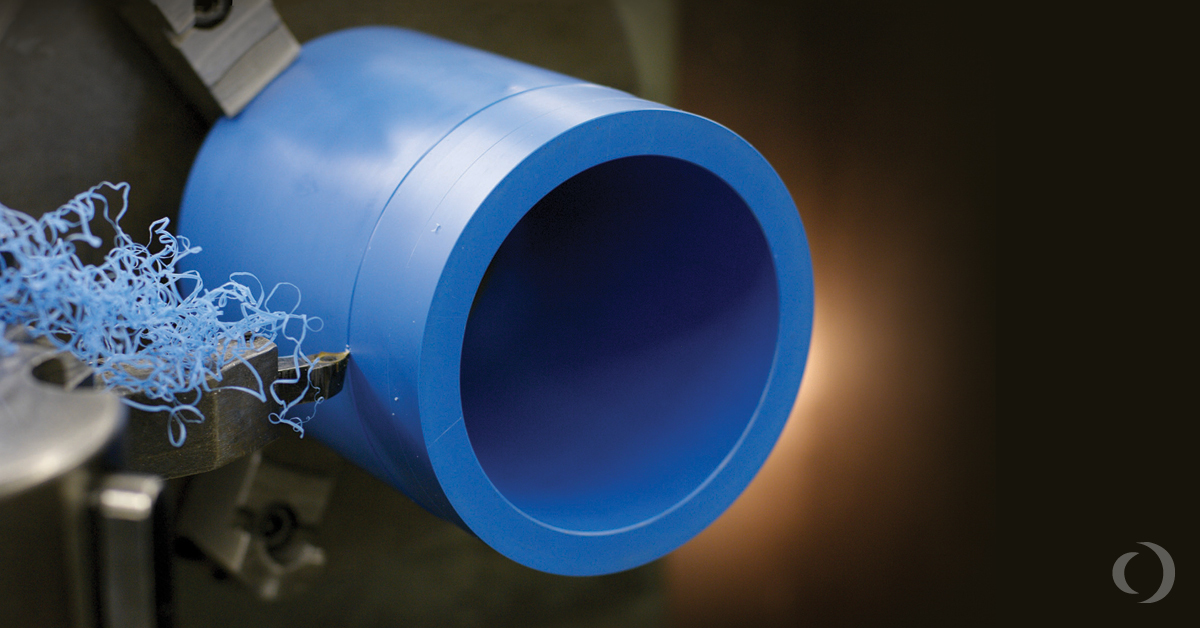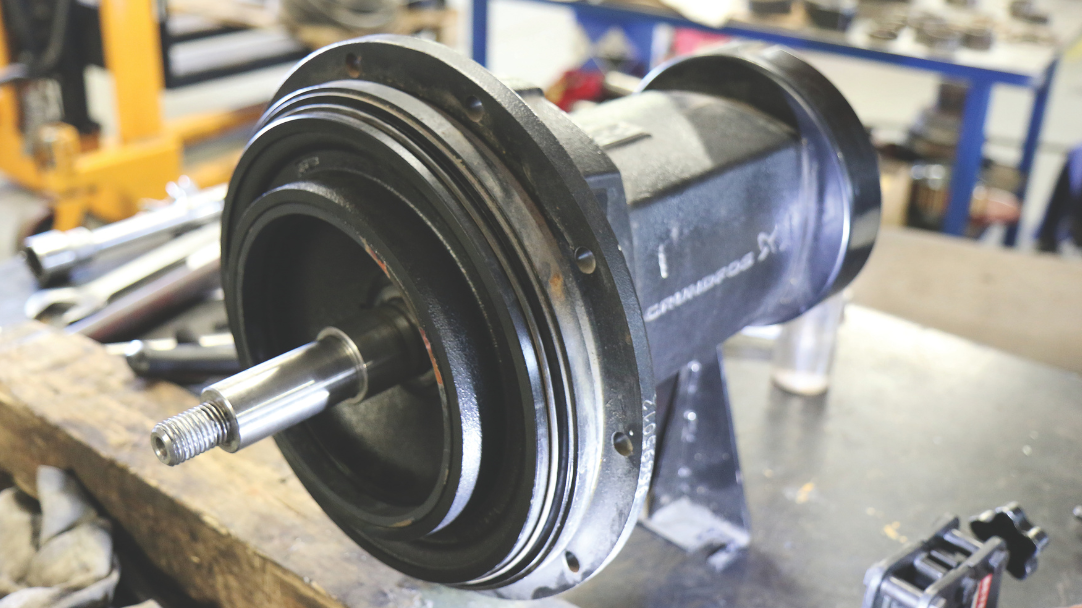New technologies such as virtual reality, 3D printing, the Internet of Things, etc. are enabling maintenance in a wide range of industries to be much more efficient and responsive. In this article, we will introduce you to 6 key trends that are relevant to the industry and which may soon become an integral part of every successful company.
Human-machine interface
Human-Machine Interfaces (HMIs) allow operators to monitor and control industrial equipment. HMIs are already being deployed in factories and other industrial plants in a variety of ways, such as dedicated control panels, touchscreens and mobile devices. Human-machine interfaces improve the efficiency and effectiveness of equipment maintenance by providing data and diagnostic information in real time.
In addition, the integration of artificial intelligence (AI), machine learning (ML) and cloud-based computing allows operators to collaborate in real time, share data between multiple users and perform remote maintenance.
3D printing
3D printing, or additive manufacturing, enables the rapid and efficient production of non-standard parts used in industrial equipment. Companies are already developing high-performance materials, such as carbon-fibre-reinforced polymers, to produce parts that can withstand high loads and extreme conditions.
3D printing makes it possible to produce the necessary spare parts, customize them and create unique components that reduce the need for inventory, the risk of equipment failure and downtime. The technology can also quickly and inexpensively prototype new components that can be immediately tested and applied in real-world conditions.
In addition, 3D printing is significantly greener than traditional manufacturing methods, reducing material waste and energy consumption.

VR and AR technologies
Virtual reality (VR) and augmented reality (AR) or immersive reality technologies can simplify industrial maintenance in several ways. Firstly, they create an interactive learning environment and help technicians troubleshoot more efficiently and accurately. Second, AR “overlays” instructions and diagrams on equipment, making it easier for technicians to follow procedures and find the components they need. Other companies create 3D models of equipment and devices to visualize and optimize maintenance schedules and procedures. Thirdly, the use of AR and VR technologies allows the connection with experts who can advise remotely.
Integrating immersive technologies costs a lot, but companies are investing in them. In this way, they improve the work of maintenance technicians and reduce the risk of accidents.

Internet of Things (IoT)
The integration of the Internet of Things (IoT) into industrial processes and systems is no longer new. It allows real-time data to be collected on the performance and health of industrial equipment. Companies use it to apply advanced data processing algorithms and plan maintenance in advance, which reduces the risk of equipment failures and downtime.
IoT-derived data also allows manufacturing companies to analyse and identify equipment failures to make data-driven maintenance decisions. It also allows remote monitoring and diagnosis of equipment problems, reducing the need for on-site maintenance.
Robots
Robots are also used in maintenance work. Working in collaboration with technicians, robots increase efficiency, reduce maintenance costs and ensure a safe environment. Other companies also use autonomous mobile robots that move around the facility autonomously to perform routine maintenance tasks such as cleaning, inspection or data collection.
There is also a growing interest in the use of unmanned aerial vehicles, or drones, for maintenance inspections in hard-to-reach areas such as oil platforms.
Digital twins
Industrial maintenance also uses digitaltwins, which simulate and analyse the operation of equipment or production lines in real time. Digital twins increase the reliability, efficiency and effectiveness of production operations. By analysing the simulated data, it is possible to determine the optimal intervals for maintenance tasks such as inspections, repairs or replacements.
In addition, the digital factory twins support virtual, interactive and customised training for maintenance technicians. In this environment, maintenance technicians can learn new skills in a safe, simulated but realistic environment.
New technology trends such as 3D printing, immersive reality technologies, the Internet of Things (IoT) and robots are also being used in maintenance tasks for industrial equipment. The above technologies simplify maintenance tasks not only for maintenance technicians, but also for plant managers.






